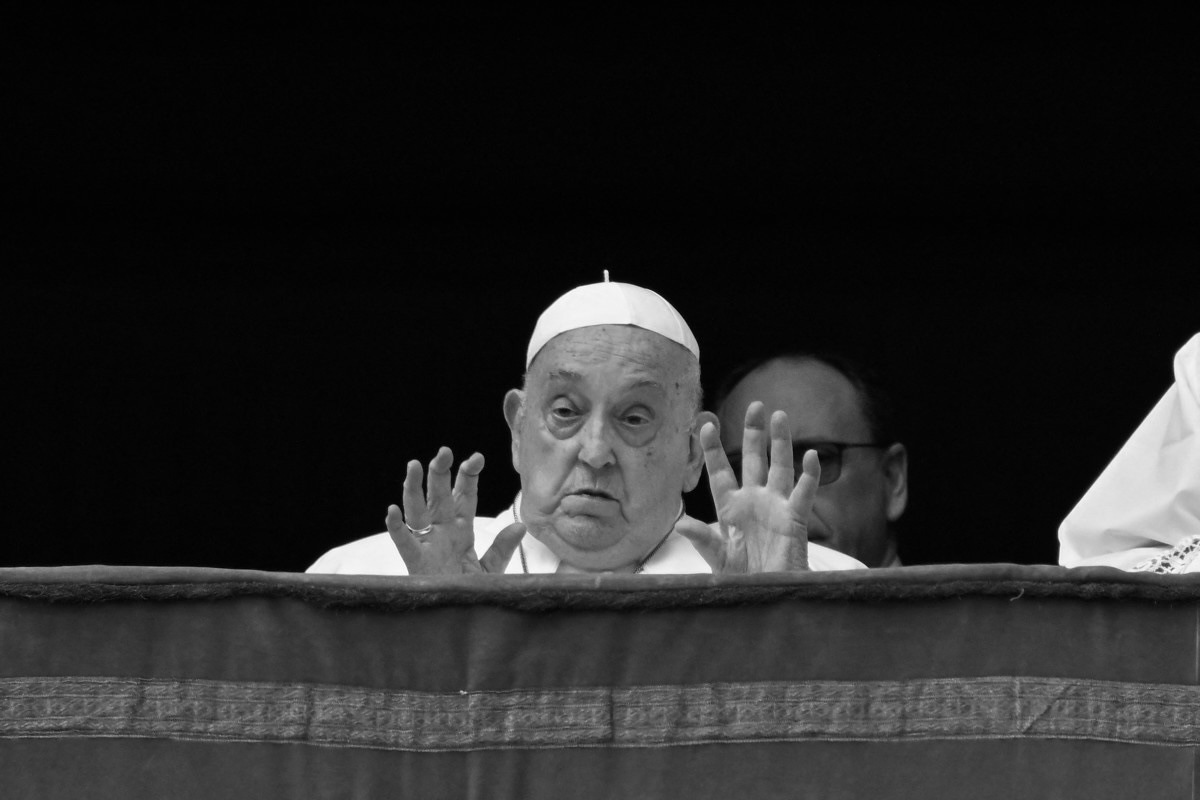
By Agence France-Presse
The death of Pope Francis on Monday sets in motion centuries-old traditions which will culminate in the election by cardinals of a new pontiff—but with a few changes.
Here is how the process unfolds:
‘Sede Vacante’
The Catholic Church enters a period known as “Sede Vacante” (Vacant See) during which a senior cardinal takes over day-to-day affairs until a new pope is elected.
The cardinal, referred to as the “camerlengo” (“chamberlain”), in this case will be Irish-American Kevin Farrell, appointed to the role by Francis in February 2019.
He is the only top official in the Church hierarchy to remain in post, with all others required to resign following the death of the pope.
Traditionally, his main role has been to certify the death, once done by tapping the pontiff’s forehead three times with a special silver hammer and calling out his birth name.
The camerlengo is also charged with destroying the “Fisherman’s Ring”, a gold signet ring specially cast for each new pope which once was used to seal documents.
Originally its destruction was to prevent forgery but today the act—in the presence of the cardinals at their first gathering of the Sede Vacante—simply symbolizes the end of a papacy.
Simpler funeral
Cardinals from around the world will hold a series of meetings known as “general congregations”.
They will decide on a date for the burial, which must take place between the fourth and sixth days after death, and on the organization of the “novemdiales”, the nine days of mourning.
Francis’ immediate predecessors were buried in Saint Peter’s Basilica in the Vatican, but he asked to be buried in the basilica of Santa Maria Maggiore in Rome.
His body will be placed inside a single coffin of wood and zinc—again breaking with tradition, with previous popes interred in three coffins in cypress, lead, and elm, placed one inside the other.
The change in funeral rituals was to better reflect what Francis sees as the role of the pope as “a pastor and disciple of Christ, and not of a powerful man of this world,” a top official said.
Francis’ open coffin will be laid out for veneration by the faithful in Saint Peter’s Basilica, putting an end to the display of papal bodies on a raised platform, propped up by cushions as per tradition.
The conclave
The general congregations are also a good way of vetting “papabili”—potential successors to Francis.
The congregations will set the date for a conclave to begin no less than 15 and no more than 20 days after the death of the pope.
Under a system originating in the 13th century, the conclave sees the “cardinal-electors” meeting in private to choose the next pope from among themselves.
Currently there are 135 so-called “cardinal-electors,” by law defined as those under 80 years of age, 108 of whom were appointed by Francis.
Of these 53 are from Europe, 23 from Asia, 20 are from North America, 18 are from Africa, 17 from South America, and four from Oceania.
Conclave literally means “with a key”—reflecting the fact the cardinals must stay until a new pope is found.
Since the late 19th century, all conclaves have been held in the Sistine Chapel, a Renaissance jewel adorned with Michelangelo’s celebrated frescoes.

The cardinals are sworn to absolute secrecy, under pain of excommunication, during the voting.
Two ballots are held in the morning and two in the afternoon each day, until one candidate wins two-thirds of the votes.
At the end of each session, the ballots are burned in a stove by the chapel, releasing smoke above the Apostolic Palace.
The smoke is black after each unsuccessful ballot, and white once the vote succeeds.
The bells of St Peter’s will peal to accompany the white smoke.
Habemus papam!
Once elected, the new pope-elect will be led into a tiny sacristy by the Sistine Chapel known as the “sala delle lacrime,” or Room of Tears, where he can ponder his future.
The dean of the College of Cardinals, currently Cardinal Giovanni Battista Re, will ask the newly chosen pontiff if he accepts his election and what name he would like to use, and he immediately becomes the bishop of Rome and pope.
The new pope is helped into his vestments (three sets are prepared, of different sizes), and one by one the cardinals pay homage to him.
Shortly afterwards he appears on the loggia of St Peter’s Basilica. The senior cardinal deacon, currently Renato Raffaele Martino, will then pronounce the famous phrase in Latin: “Habemus Papam!” (We have a pope!).
